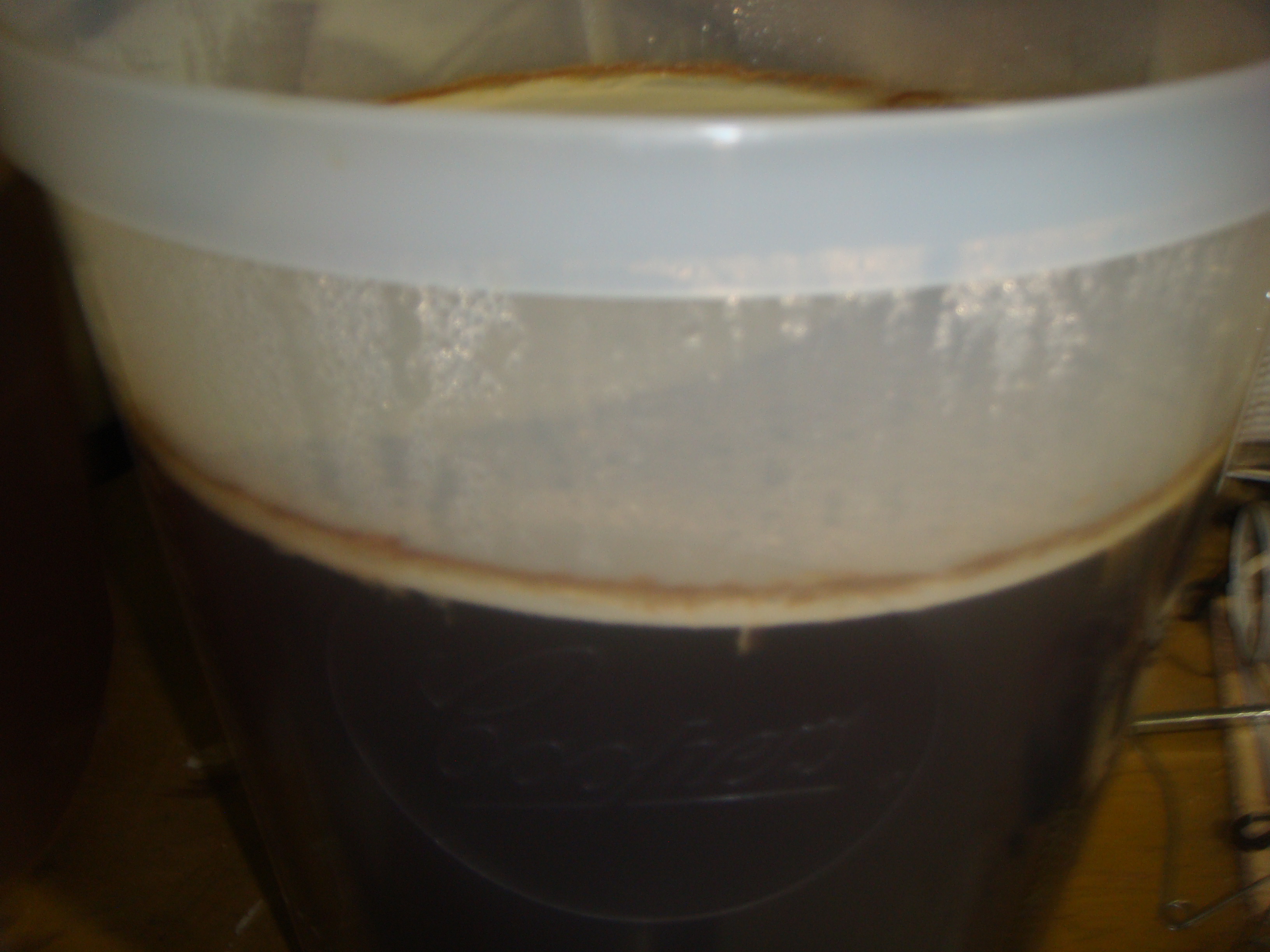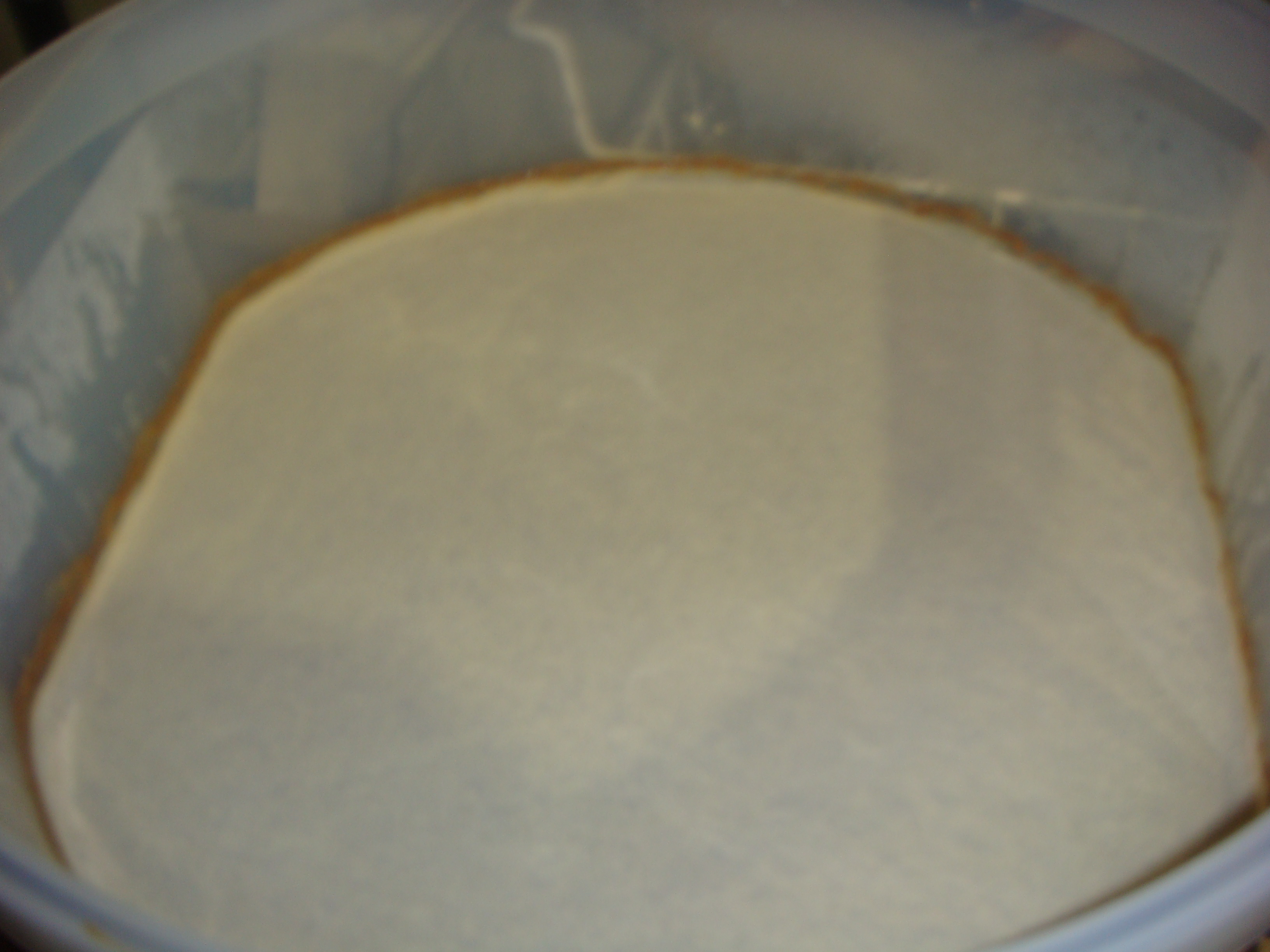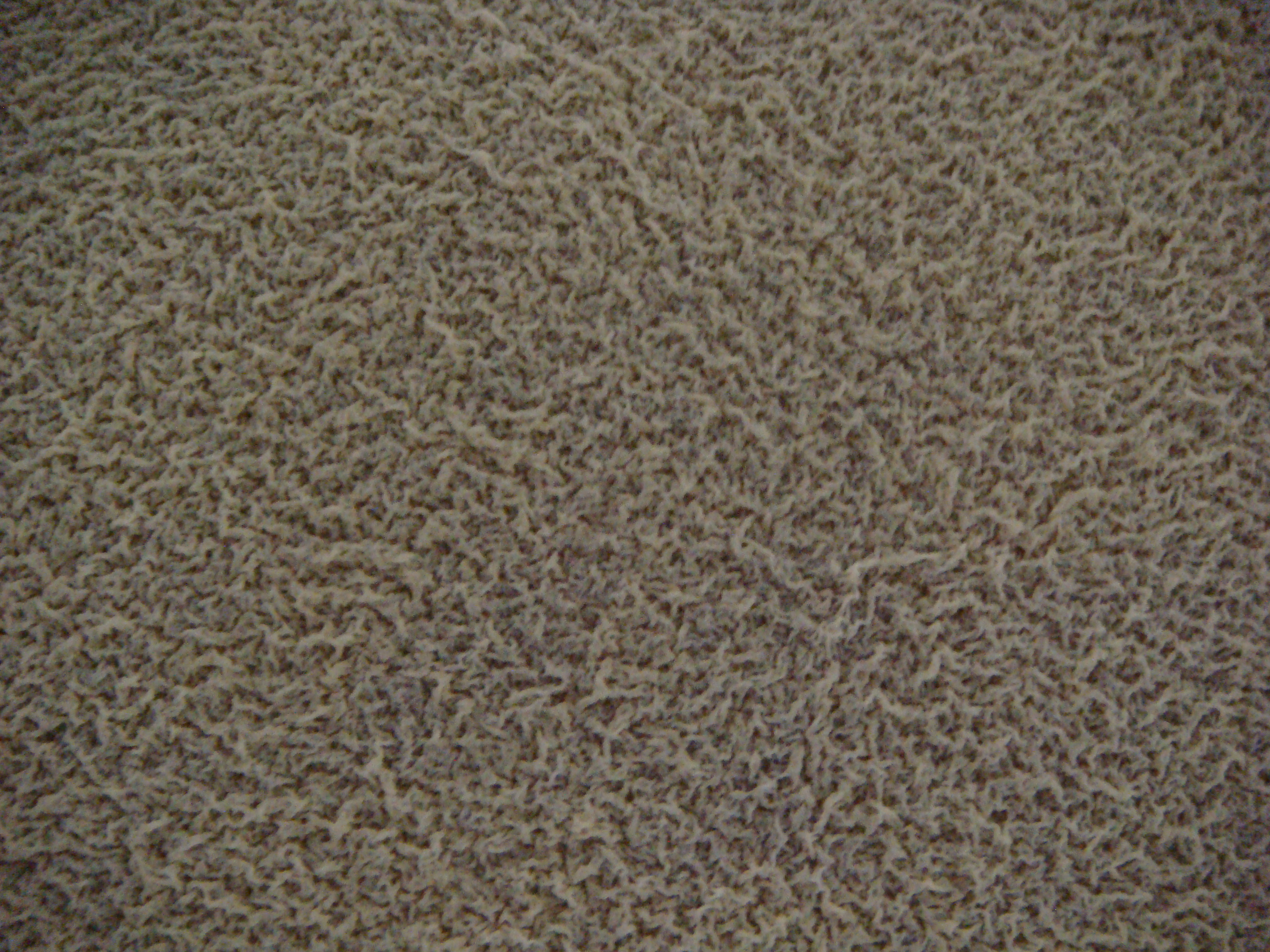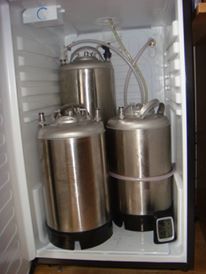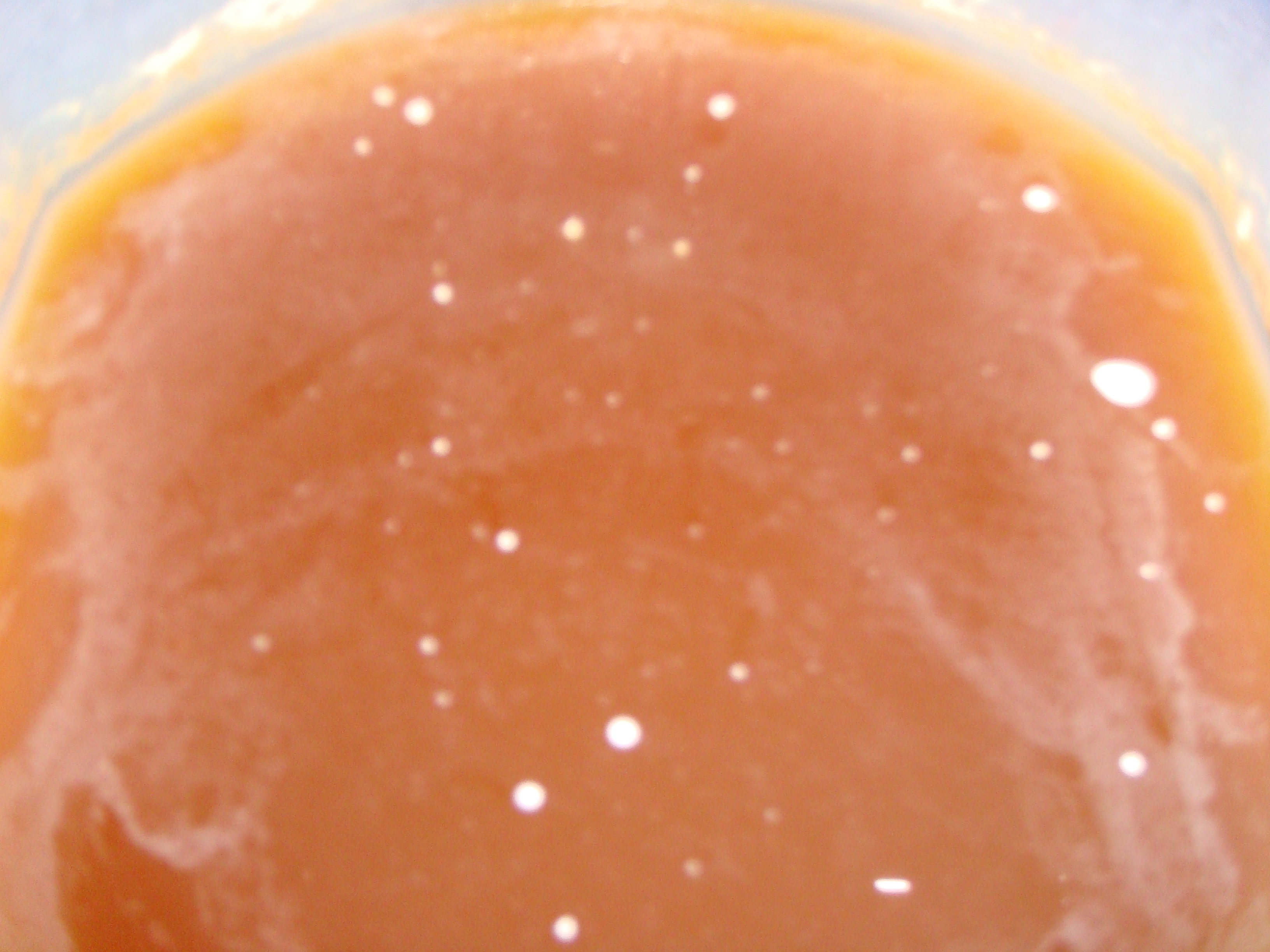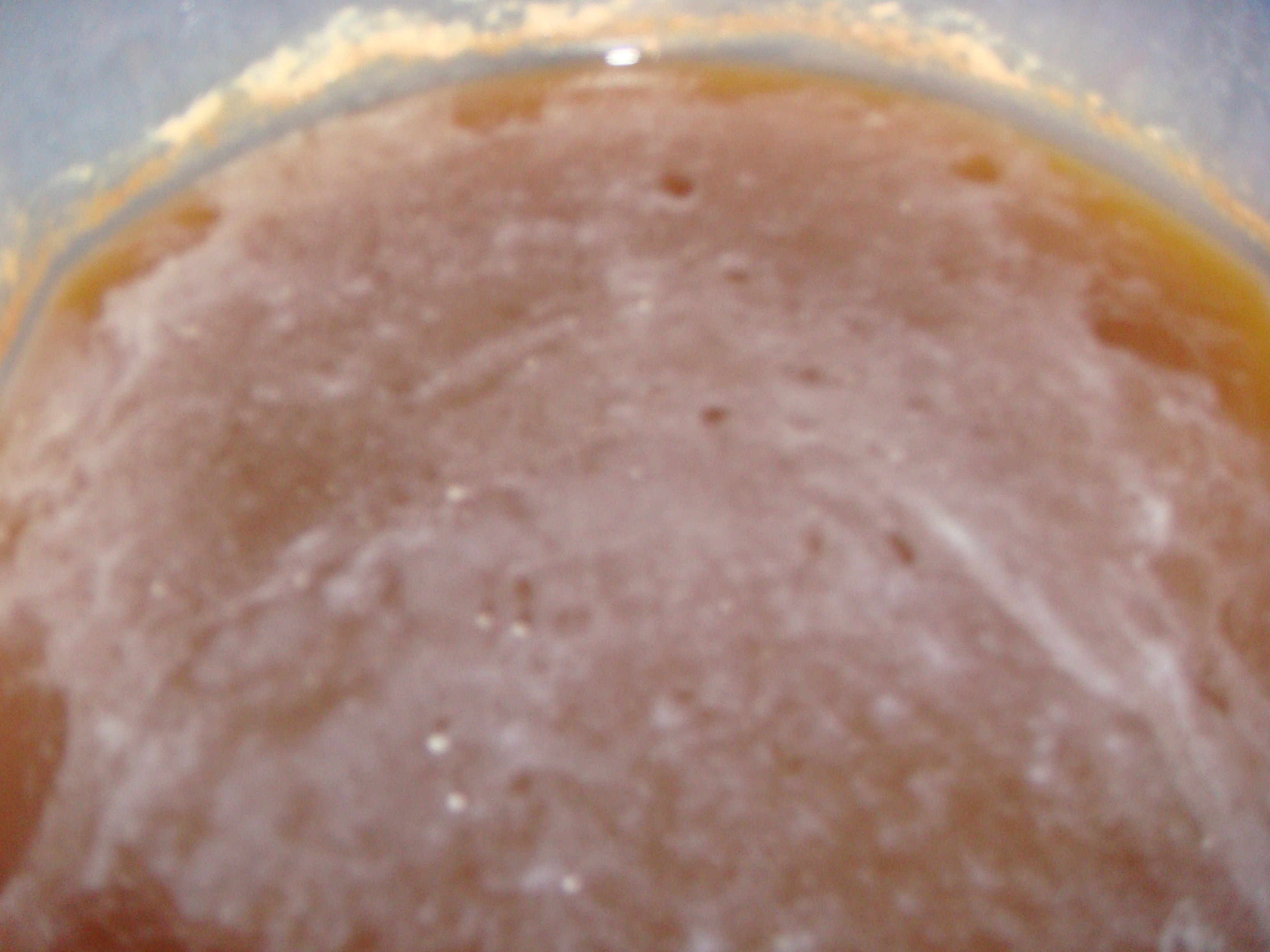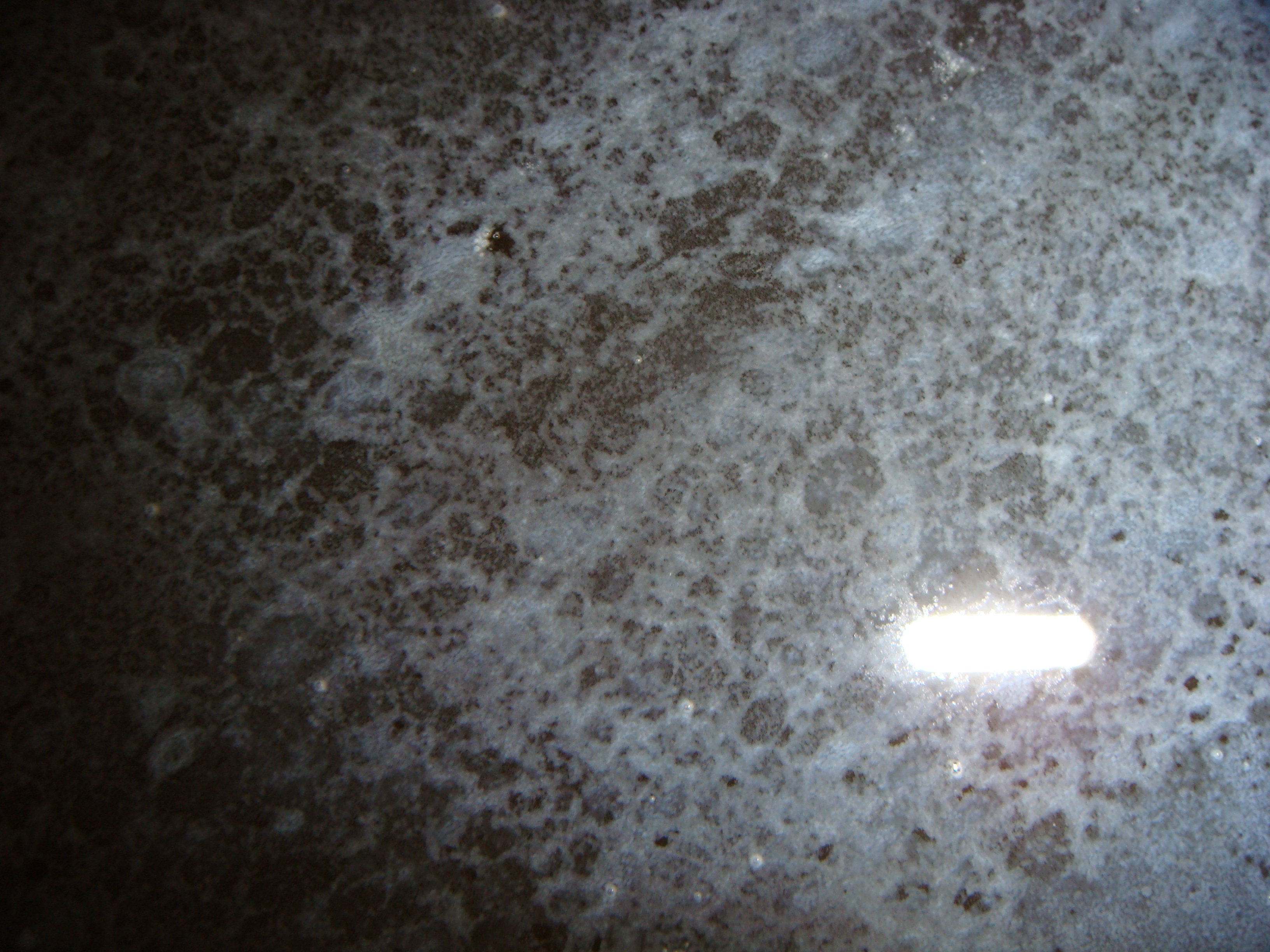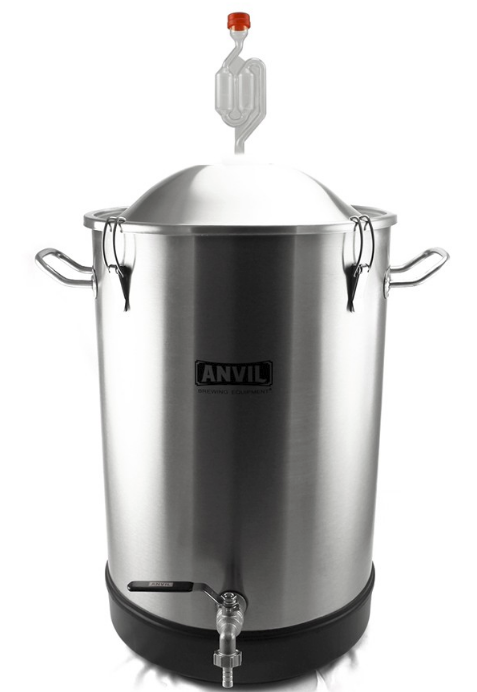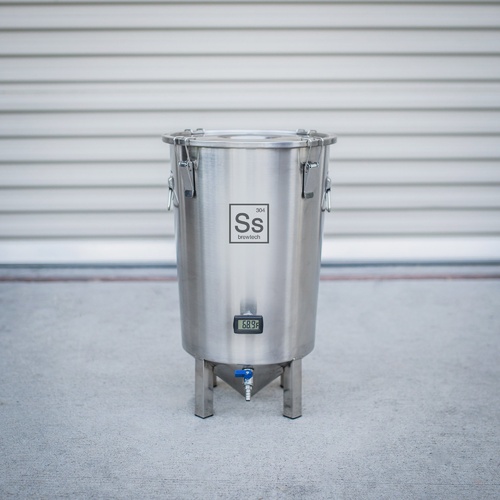I made 3 batches in rapid succession before I realized they were all infected: an Irish Red Ale, a Saison and a Stout. I use SS conicals, so I did not see the pellicle on top before I drained the first two batches into kegs. However, I suspected something was wrong when I opened the conicals to clean them and saw this white film stuck to the sides of the conicals similar to your pictures. When the stout was ready to keg, I opened the top of the conical first and saw a white, bubble filled pellicle on top of the beer which created a white film on the sides when I drained the conical. All three beers tasted fine after I kegged them, but I let them sit for about a month at room temperature. All three kept building up gas pressure over that time suggesting that some form of fermentation was continuing. After about a month, I put the Irish Red in my keezer and tried it. It was delicious and tasked like a young Flanders Red. Everyone who tried it, loved it. I let the Saison sit for about 10 months before I put it in the keezer. It tasted bland and almost flavorless. After trying samples a few times over the course of a week, I gave up and dumped it. The stout is now almost 1 year old and I'm not sure how long I will wait before I tap it and decide whether to drink it or dump it.
I'm convinced that my infection came from the ball valve on my brew kettle. When I disassembled everything, the only "dirty" part of my gear was that ball valve. since cleaning it, sterilizing all my other parts on the sanitize setting of my dishwasher and replacing all hoses and rubber gaskets, I have not had any new infections. Good luck.
